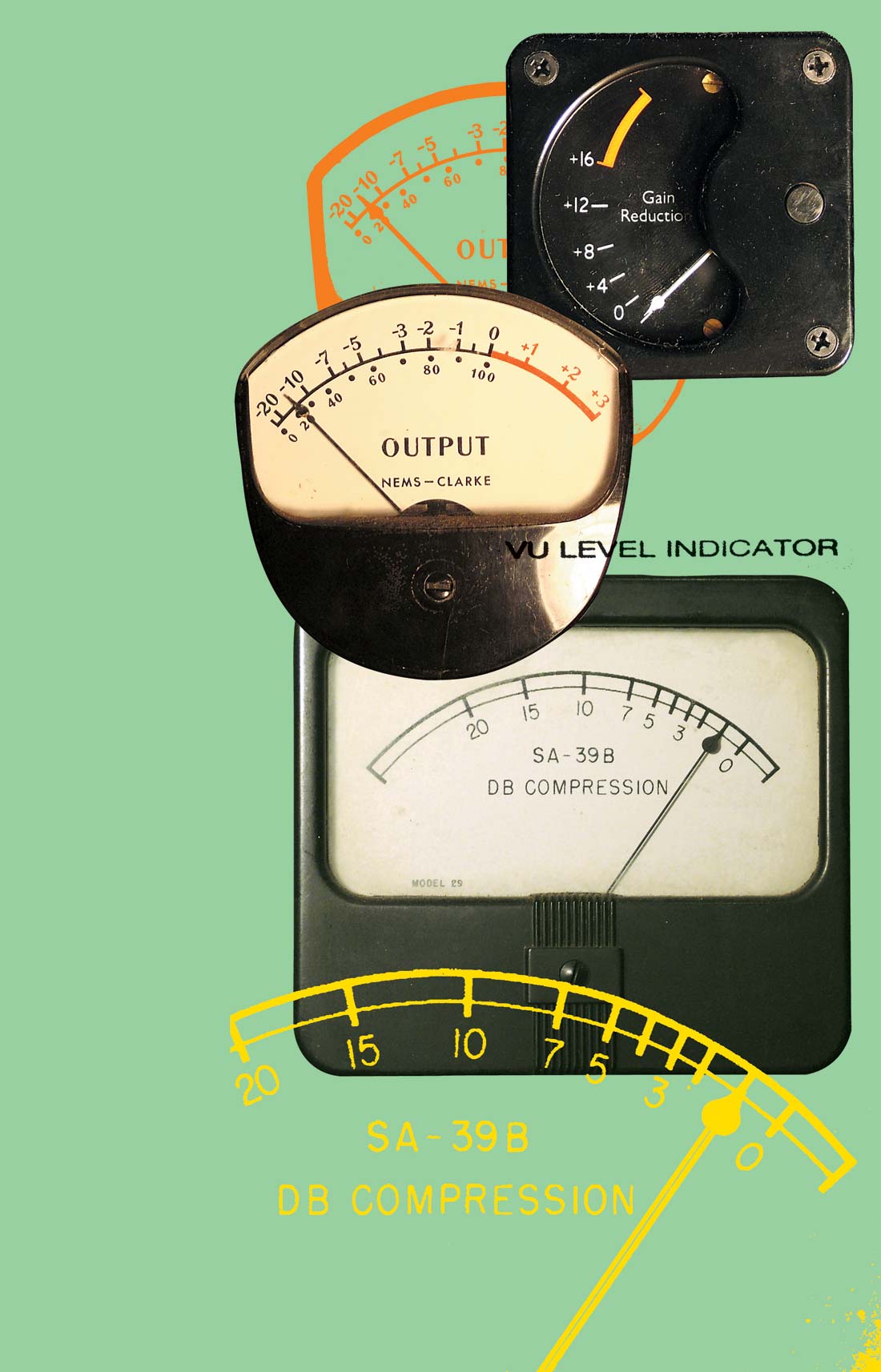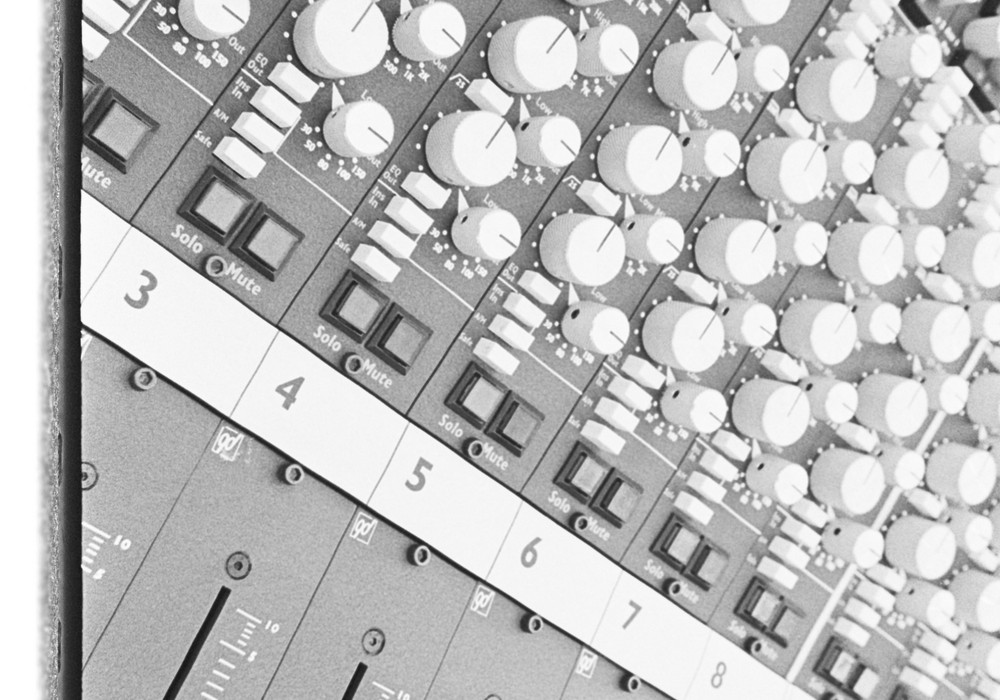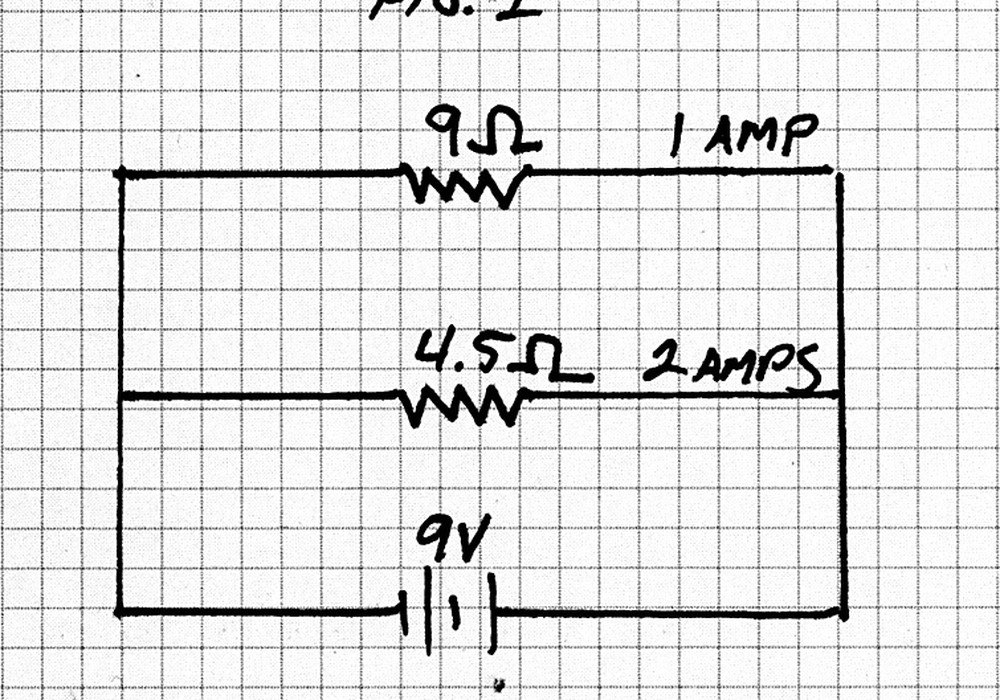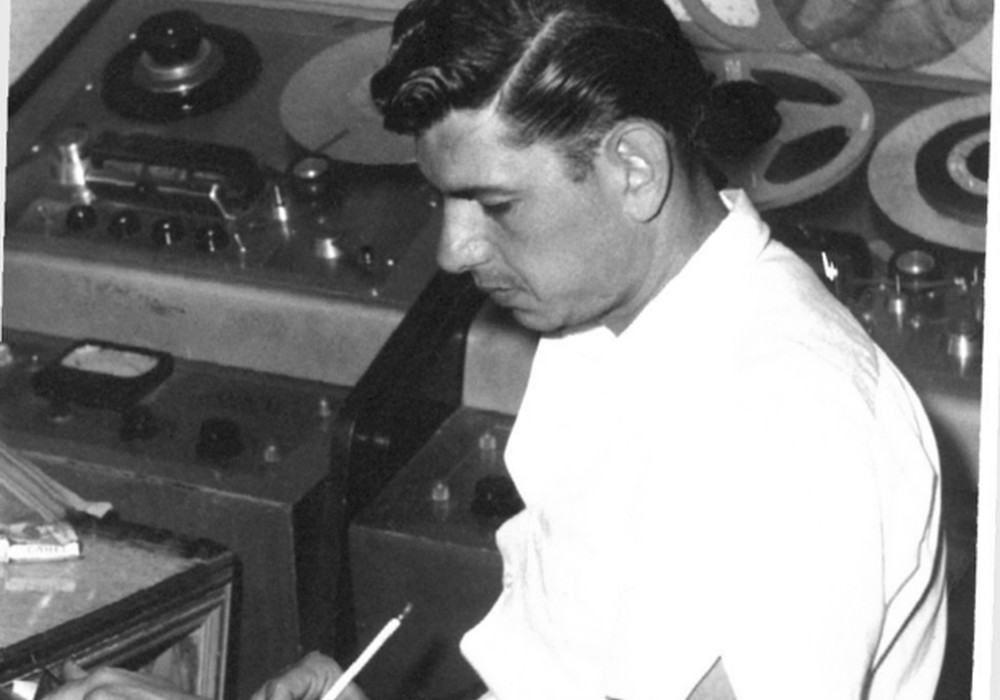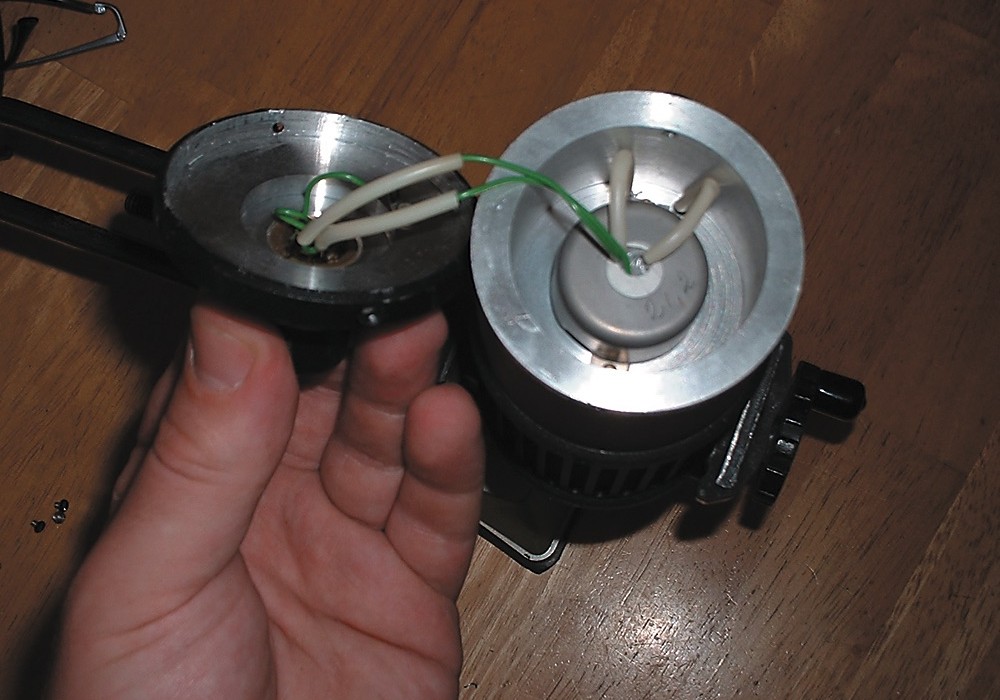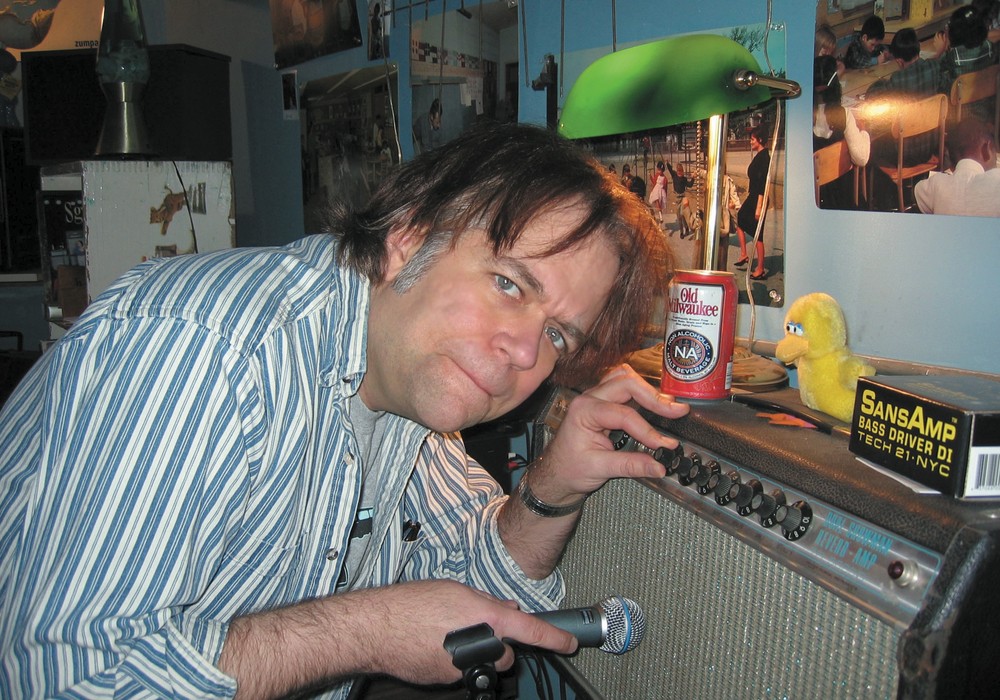Plate reverbs, with their large tensioned metal plate and transducers, were one of the first electronic ambience simulators used in the recording studio. A variation on the plate reverb concept is the spring reverb, using metal springs instead of a metal sheet. An advantage of this design is the smaller size of the device. In fact, spring reverbs are compact enough to be used in guitar amps — anyone who has jarred one of these amps will recognize the metallic "kerrang" of the springs striking the sides of the chamber. Aside from an inherent metallic sound, spring reverbs impart a sort of "bounce" to the signal. Percussive sounds (congas, guitar finger picking, etc.) cause vibrations to bounce back and forth along the spring. Depending on the intensity of the input, this can be very pleasing. To help control input levels some vendors use limiters on the feeds, while other designs put more control in the end user's hands by way of a variable input buffer. The ability to attenuate the input signal is very a very useful tool for moderating the amount of "boing" in the sound, and in some ways, serves as a wet/dry control.
Like a plate reverb, a good deal of thought must go into the spring reverb's initial design. A main consideration is the size of the metal enclosure, which is sometimes called a "pan." In theory, the longer the pan, the smoother the decay of the reverb. In truth, the length of the pan provides a different reverb sound, not necessarily a better one. Both have their place.
Using a spring reverb in stereo is also possible. Instead of single spring, the unit has a pair — one for left and one for right — each fed by its own transducer. You might be thinking — won't that just be a louder mono reverb? Well, it would. That's why the composition of the springs must be varied — usually it's done by wire gauge. The differences of the springs contribute to the stereo image.
Spring reverbs offer a sound that differs from other reverb types. Instead of the initial reflection-attack produced by most reverbs, a spring unit has a gradual swell. They are particularly suited for guitars instruments with percussive qualities. However, there are some drawbacks. First, spring reverbs can be noisy. Most generate some sort of hum, making them problematic to use in a studio session. (This is usually interference from a nearby transformer, which, in the case of guitar amps, are hard to avoid). Moreover, the springs and tank are susceptible to external vibrations, and can be driven to feedback by loud objects. Nonetheless, spring units provide another interesting color in the reverb palette, and should not be overlooked.
Older units that can commonly be found include spring reverbs by Orban, Master Room, Furman, AKG (some of the best ones) and Biamp. Current production model spring reverbs include the Real Reverb by Demeter Amplification (www.demeteramps.com), the Vermona RetroVerb by HDB Electronics in Germany and the PAIA Hot Springs Reverb kit (designed by Craig Anderton). There's also a great article on the history of spring reverbs (Hammond organs and Bell Labs!) at the Accutronics (makers of much of the world's reverb tanks) site (www.accutronicsreverb.com).
